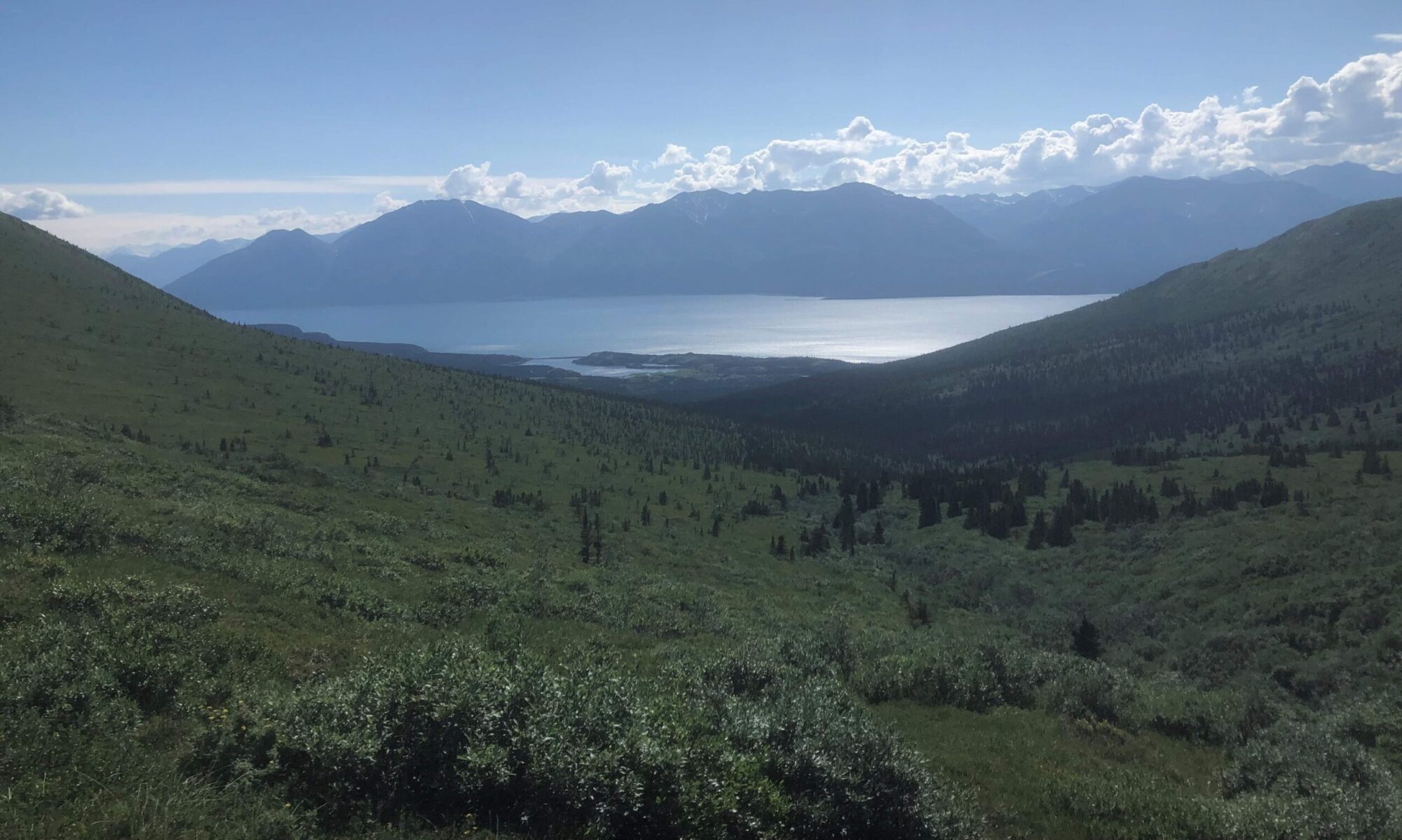We used the high-emission RCP8.5 scenario to study vegetation dynamics in Northern Fenoscandia with focus on a few biodiversity hotspots. The projections show substantial borealization of Fennoscandian vegetation by the century’s end. Evergreen trees will increasingly be replaced by broadleaf and mixed forests in southern mountain areas like Fulufjället and forest areas such as Muddus and Björnlandet. Rapid tree growth in southern tundra hotspots will also significantly reduce tundra areas, particularly in Helagsfjällen and Vindelnfjällen. A notable reduction in landscape diversity is expected in Helagsfjällen and Vindelnfjällen, as shown by a decrease in the Shannon diversity index, where tundra will be dominated by needleleaf evergreen shrubs, with minimal sedge tundra remaining. Major tundra areas around 68.5° N and the Finnmarksvidda plateau will see decreases inopen tundra vegetation and increases in shrubs. Abisko is projected to retain large areas of alpine vegetation at higher elevations, despite undergoing shrubification and an upward shift in the broadleaf forest treeline.
We also developed a reindeer grazing component in LPJ-GUESS showing that potential reindeer consumption will rise in summer grazing grounds north of 65.5° N. Winter trends remain weak due to challenges in accurately representing winter forage like lichens. Reindeer herding will face new challenges such as hot and dry summers, frequent freeze-thaw cycles, and denser forests. Effective management requires understanding trophic interactions and the impacts of extreme weather beyond vegetation state alone. Conifer-dominated forestry faces challenges from moose grazing and diseases, favoring broadleaf forest spread. Revising red-list and threatened species categories is necessary due to increased vulnerability of tundra species under warming.
Reference: Lagergren, F., Björk, R. G., Andersson, C., Belušić, D., Björkman, M. P., Kjellström, E., Lind, P., Lindstedt, D., Olenius, T., Pleijel, H., Rosqvist, G., and Miller, P. A. (2024) Kilometre-scale simulations over Fennoscandia reveal a large loss of tundra due to climate warming. Biogeosciences, 21, 1093–1116. https://doi.org/10.5194/bg-21-1093-2024
Text and image by: Robert Björk and Fredrik Lagergren.

